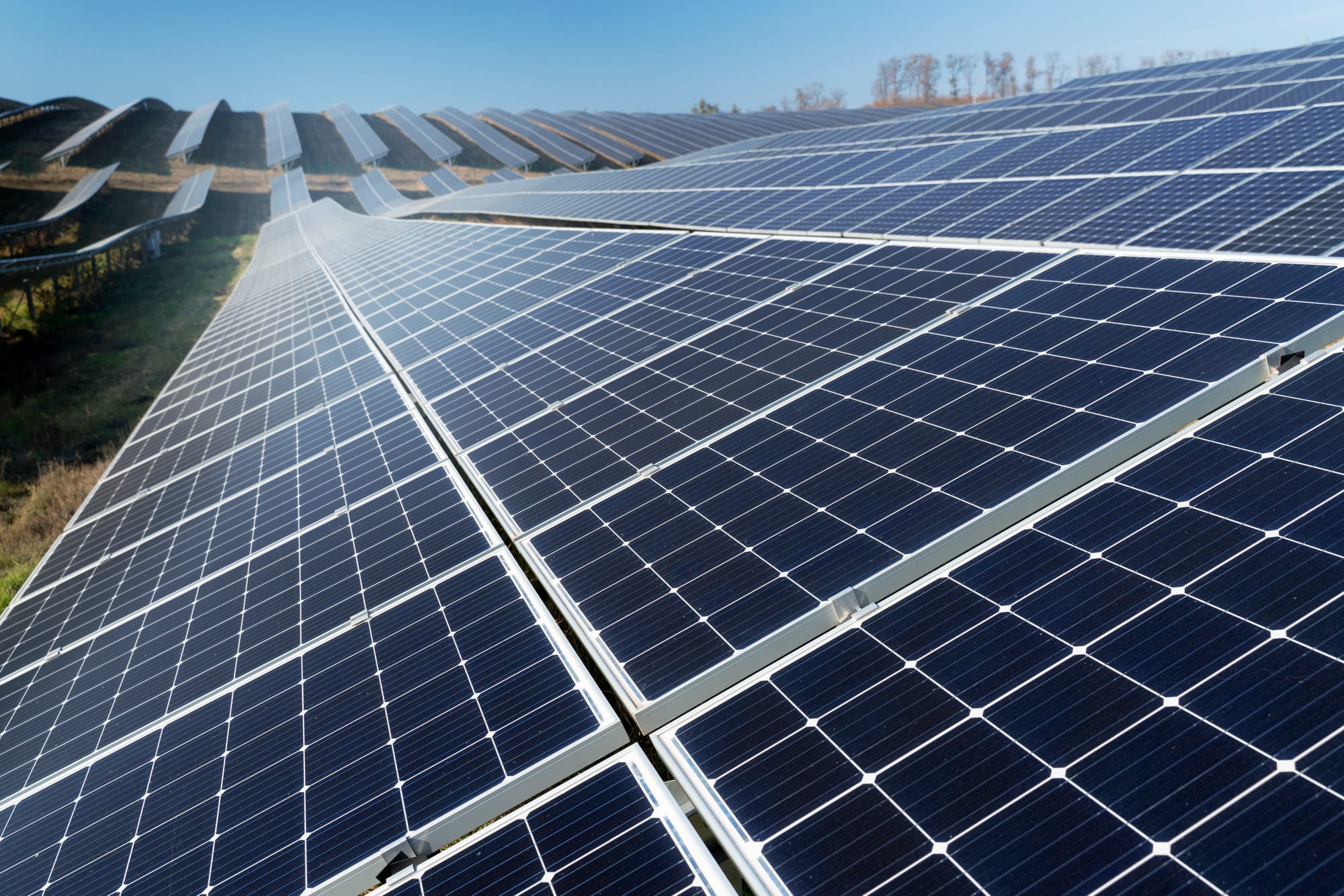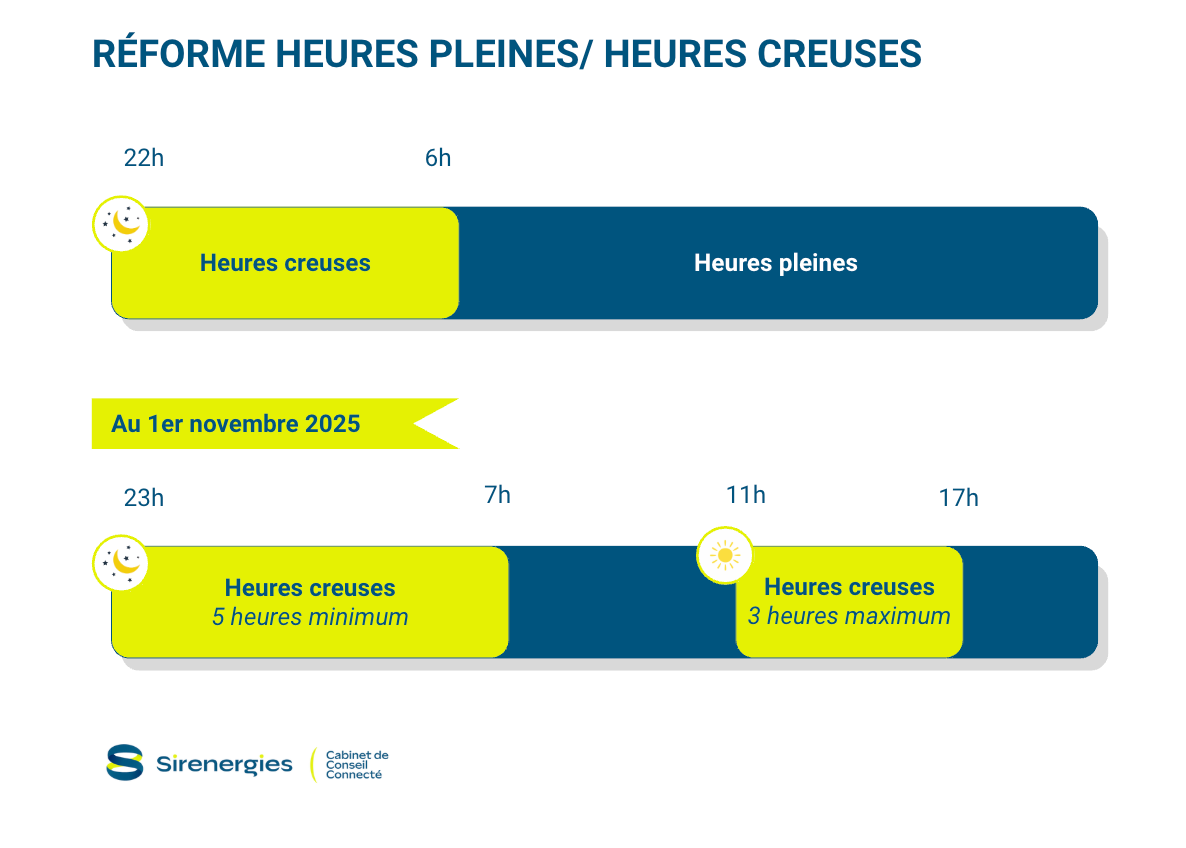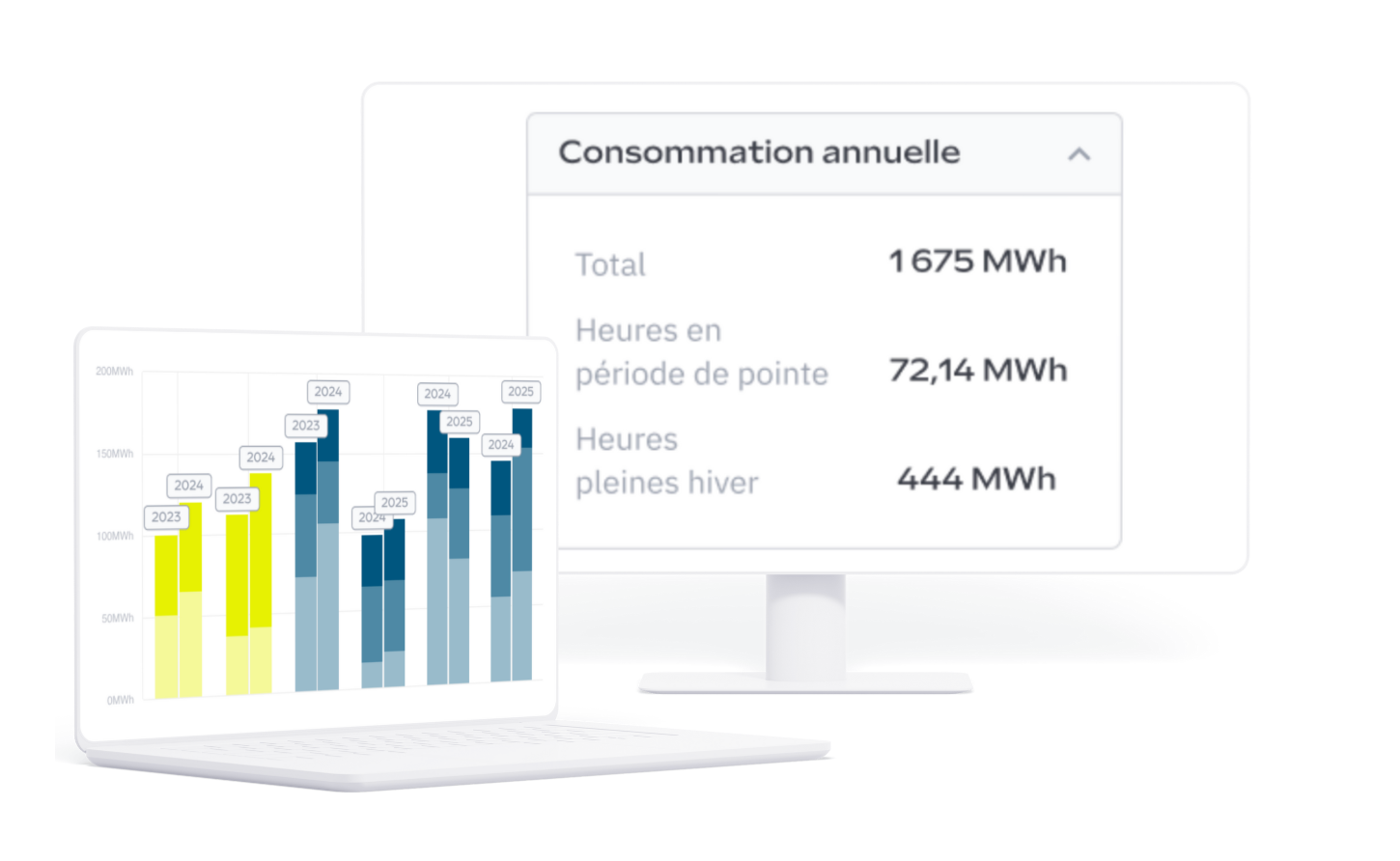

September 25, 2025
6
Min reading

It is a small revolution in the world of energy: after 60 years of existence, the off-peak system evolves from the 1Er November 2025.
Introduced as part of the TURP 7, this reform responds to the new challenges of the electrical system, which has been disrupted by the rise of renewable energies and the evolution of uses.
Between new time slots and seasonality, this reform is reshuffling the cards and opening up new opportunities for businesses.
Presented by the Energy Regulatory Commission (CRE), this reform was widely welcomed by energy players.
But in concrete terms, what will it change for your business?
And above all, how can you use it as a lever to sustainably reduce your electricity bill?
Electricity cannot be stored.
The slightest imbalance between consumption and production weakens the network and prices.
Off-peak hours (HC) and peak hours (HP) meet this need for balance.
The off-peak hours (HC) and peak hours (HP) system coincided with the commissioning of the first nuclear power plants in the 1960s.
The objective?
Better balance the electrical system by limiting consumption peaks.
To achieve this, a incentive rate is set up. It encourages consumers to shift some of their electricity consumption to hours when demand is low.
Concretely, 8 off-peak hours are defined every day, backed by a reduced price per kWh. These time slots are generally positioned at night, between 22 p.m. and 6 a.m., and covered by nuclear production.

Businesses can benefit from differentiated pricing for off-peak hours and peak hours.
However, the system varies according to the power purchased:
It is Enedis Who has control over the off-peak hours.
For each consumer, the network operator sets the time slots “depending on the operating conditions and the local capacity of the public distribution network”.
So it is Unable to change the time range offered by the electricity supplier in the HP/HC option.
From the 1Er November 2025, the peak hours and off-peak hours (HP/HC) system is changing profoundly.
For over 60 years, off-peak hours and peak hours have been based on the same principle: balancing electricity consumption and production in real time.
However, today, The offer is changing.
Renewable energies — and in particular solar electricity - produce at full capacity during the day.

These production peaks destabilize the network and markets, generating negative prices.
Faced with the necessary energy transition and decarbonization process, Slowing down the development of renewable energies is not an option.
The reform therefore seeks to restore the balance of supply and demand during the day, by reorienting consumption towards the hours when The Sun is at its zenith. Connected and programmable devices facilitate this change of use.
The reform profoundly changes the system of off-peak and peak hours. Only one principle remains: maintaining the number of off-peak hours at 8.
The new off-peak hours are set according to the following principles:

Off-peak hours remain determined by the network operator Enedis.
According to the consumption profiles And the local constraints on the electrical network, customers may be offered off-peak hours only at night, with or without seasonality, or a distribution of off-peak hours at night and during the day, with or without seasonality.
If the reform comes into force on 1Er November 2025, its implementation is progressive until the end of 2027 in order to allow the adaptation of each electricity meter.
Enedis will inform electricity suppliers of the possibilities of HP/HC options six months before they are applied. They will have to transmit the information to their customers at least one month before the change.
The majority of businesses consume the majority of their electricity during the day.
The shift from off-peak hours in the afternoon is an opportunity to seize to save on your energy bill.
The kWh rate during off-peak hours costs less than during peak hours. Even if the price of the HP/HC subscription is slightly higher, consuming during these time slots is still advantageous.
Reducing your electricity bill requires adapting your consumption habits by Shifting energy-intensive uses to off-peak hours : industrial production processes, electricity-intensive equipment (electric oven, air compressor, etc.), electric vehicle charging, heating and air conditioning, hot water production by a heat pump, etc.
These uses can be programmed intelligently using connected and automated devices And of a System of centralized energy management.
La team training is one of the keys to integrating these practices on a daily basis.
💡
To note: The programming of uses must be adapted according to the seasonality of off-peak hours, which can add complexity to the exercise...
To optimize your energy consumption and take full advantage of off-peak hours, you need to know exactly When, how and where do you use electricity.
The Diagnosis of your consumption makes it possible to identify the most energy-consuming processes, to identify consumption peaks during the day and to understand the operating cycles of your equipment.
To conduct this analysis, you can rely on various sources: your consumption data, supervisory tools or a energy audit.
Thanks to these elements, you can then prioritize your uses, determine the consumption that can be moved during off-peak hours without disturbing the activity and programming the differences.
With the Sirenergies Pilott app
Take control of your electricity consumption and take full advantage of the off-peak hours.
Thanks to our platform:
- Follow your consumption on D+1
- Analyze their evolution over time
- Spot your demand peaks in order to shift them to off-peak hours, without disrupting your business.

To conclude...
By readjusting the off-peak hours, the reform meets the major challenges of France's new energy landscape: rebalancing electricity supply and demand, ensuring the stability of the network and supporting the transition to a more low-carbon energy model.
For businesses, the new off-peak hours open up new leeway. Future niches allow more flexibility in electrical uses with, as a result, financial savings.
If the reform is gradually implemented, you can prepare for it today by analysing your electricity consumption and identifying alternative uses. At Sirenergies, it's our job. Do you want to know how the new off-peak hours can help you optimize your electricity bill?

.png)

Un appel d’offres permet de mettre en concurrence plusieurs fournisseurs d’électricité et de gaz afin d’obtenir des conditions contractuelles optimisées. C’est une démarche transparente qui permet de choisir l’offre la plus adaptée aux besoins budgétaires et techniques de l’organisation.
.png)

Communities are subject to taxes such as TICFE or TICGN. Sirenergies analyzes invoices, identifies exemption possibilities and fixes possible errors to reduce the tax burden.
.png)

Tertiary companies must manage their energy costs while guaranteeing the comfort of users (offices, shops, services). Consumption is often linked to heating, air conditioning and lighting, which requires precise monitoring to avoid budgetary excesses.
.png)

Sourcing consists in identifying and analysing the offers of several electricity and gas suppliers. This approach makes it possible to obtain contracts adapted to the consumption profile and budgetary constraints of the company.
.png)

This makes it possible to choose the right time to contract, secure your budgets and anticipate increases.
.png)

The €/MWh is a price unit used in wholesale markets, while kWh is the unit visible on your bills.
.png)

These are signals sent by RTE during periods of tension on the electrical network. The Sirenergies tool informs you in real time to anticipate your uses.
.png)

The industry is concerned by TICFE, TICGN and other contributions that may represent an important part of invoices. Sirenergies identifies cases of exemption and accompanies the procedures to benefit from them.

